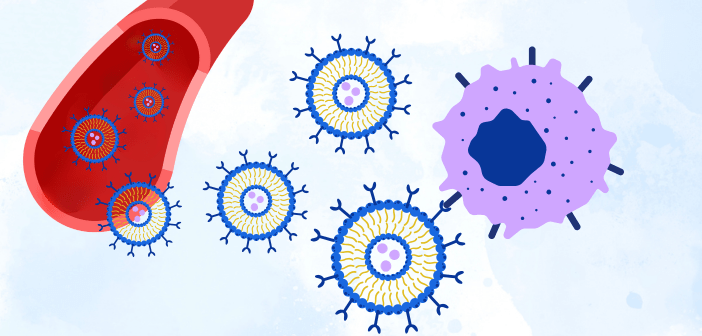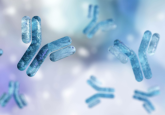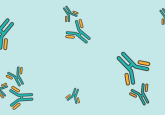Breaking the ADC mold: HighField files INDs for immunoliposome cancer drugs

HighField’s next-generation ADCplex™ immunoliposomes aim to surpass current ADC limitations by enhancing tumor targeting, payload delivery and safety across HER2-positive cancers.
HighField Biopharmaceuticals (Hangzhou, China), a clinical-stage biotech company specializing in lipid-based therapeutics within immuno-oncology and gene therapy, has filed two investigational new drug (IND) applications for novel immunoliposome-based cancer therapies, HF158K1 (K1) and HFK2 (K2). The applications to China’s National Medical Products Administration (Beijing, China) represent an exciting leap forward in the evolving landscape of antibody-drug conjugates (ADCs), offering the potential for improved safety and efficacy in patients with treatment-resistant solid tumors.
Conventional ADCs have long promised targeted cancer killing and are able to achieve high specificity and efficacy in cell culture models. However, in real-world clinical settings, issues with tumor penetration, potential off-target effects and inconsistent intracellular payload release have hindered their success. HighField’s new approach addresses these limitations by redesigning how payloads are delivered to tumor cells.
You may also be interested in:
- Breakthrough in DNA delivery: modified lipid nanoparticles enable safer gene expression
- Goodbye cells, hello nanoparticles: switching up cancer detection
- Extracellular Vesicles (EVs) & Lipid Nanoparticles (LNPs) 2025
Derived from HighField’s proprietary ADCplex™ platform, the two immunoliposomes—K1 and K2—each carry a distinct chemotherapy agent targeting topoisomerase I and II, respectively. Both are armed with HER2 antibodies to precisely bind HER2 receptors on cancer cell surfaces, even in low-expressing tumors.
Unlike traditional ADCs, these immunoliposomes are built on a “golf cart” model, encapsulating drug molecules within lipid structures for efficient transport and controlled release.
“The liposomes ‘escort’ the payloads in a more efficient way than ADCs so there is a close to linear dose vs. intracellular delivery correlation. In this case, we can even combine two kinds of immunoliposomes carrying two different payloads and expect higher efficacy and low toxicity,” explained HighField CEO Yuhong Xu.
Preclinical mouse tumor models have demonstrated that K1, K2, and especially their combination, outperform existing HER2-targeting ADCs with broader efficacy to maximum tolerant dose therapeutic windows. HighField’s planned clinical trials will build on these early promising results, and assess the safety, pharmacokinetics and synergistic effects of K1 and K2.
This dual-immunoliposome approach represents a promising evolution in targeted cancer therapy. By addressing key limitations of traditional ADCs, the ADCplex™ platform could offer more precise, potent and safer therapies for patients with tumors that are difficult to treat. Continued research and clinical validation may position these innovative therapies as a new standard in oncology.






